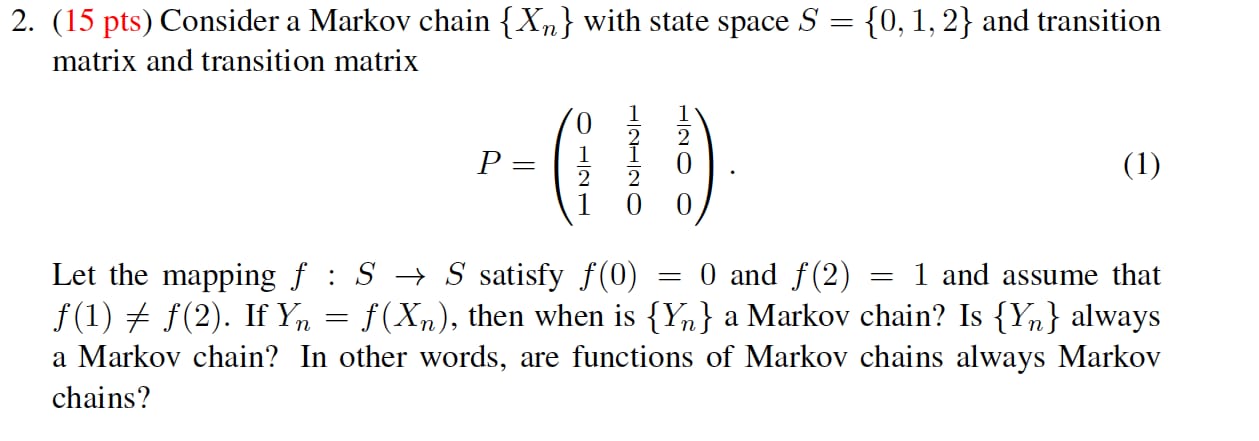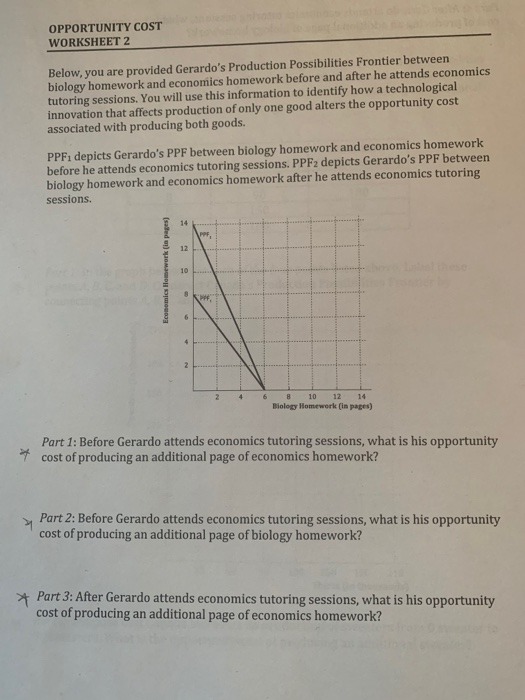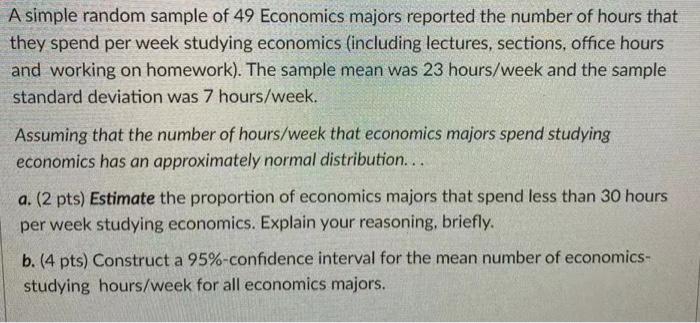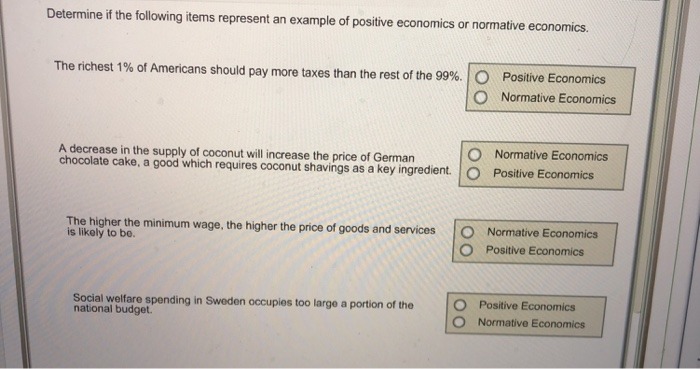Work out please
2. (15 pts) Consider a Markov chain { Xn } with state space S = {0, 1, 2} and transition matrix and transition matrix P = O ON/H HN/H O (1) Let the mapping f : S - S satisfy f(0) = 0 and f(2) = 1 and assume that f(1) # f(2). If Yn = f(Xn), then when is { Yn } a Markov chain? Is {Yn } always a Markov chain? In other words, are functions of Markov chains always Markov chains?OPPORTUNITY COST WORKSHEET 2 Below, you are provided Gerardo's Production Possibilities Frontier between biology homework and economics homework before and after he attends economics tutoring sessions. You will use this information to identify how a technological innovation that affects production of only one good alters the opportunity cost associated with producing both goods. PPF1 depicts Gerardo's PPF between biology homework and economics homework before he attends economics tutoring sessions. PPF2 depicts Gerardo's PPF between biology homework and economics homework after he attends economics tutoring sessions. 14 Economic Homework (in pages] 10 12 14 Minlazy Homework [in pages) Part 1: Before Gerardo attends economics tutoring sessions, what is his opportunity cost of producing an additional page of economics homework? Part 2: Before Gerardo attends economics tutoring sessions, what is his opportunity cost of producing an additional page of biology homework? * Part 3: After Gerardo attends economics tutoring sessions, what is his opportunity cost of producing an additional page of economics homework?QUESTION 8 Porter's Five Forces model is based on: O industrial organization economics. labor and demographic economics. business administration and business economics. environmental and ecological economics.A simple random sample of 49 Economics majors reported the number of hours that they spend per week studying economics (including lectures, sections, office hours and working on homework). The sample mean was 23 hours/week and the sample standard deviation was 7 hours/week. Assuming that the number of hours/week that economics majors spend studying economics has an approximately normal distribution. .. a. (2 pts) Estimate the proportion of economics majors that spend less than 30 hours per week studying economics. Explain your reasoning, briefly. b. (4 pts) Construct a 95%-confidence interval for the mean number of economics- studying hours/week for all economics majors.Determine if the following items represent an example of positive economics or normative economics. The richest 1% of Americans should pay more taxes than the rest of the 99%. O Positive Economics O Normative Economics O A decrease in the supply of coconut will increase the price of German Normative Economics chocolate cake, a good which requires coconut shavings as a key ingredient O Positive Economics The higher the minimum wage, the higher the price of goods and services Normative Economics is likely to bo. OO Positive Economics Social welfare spending in Sweden occupies too large a portion of the O Positive Economics national budget. O Normative Economics











